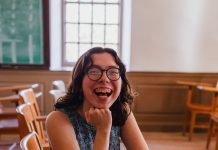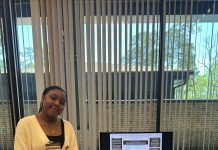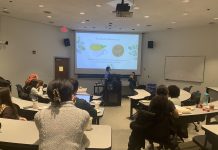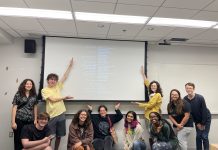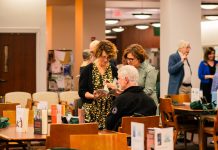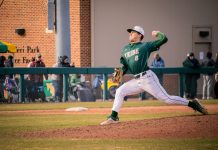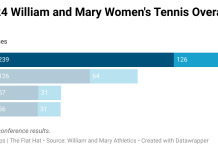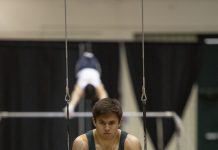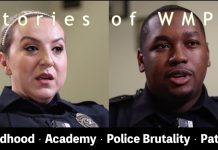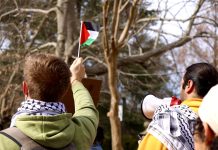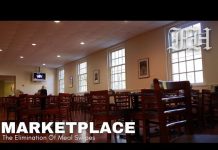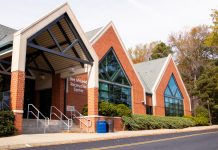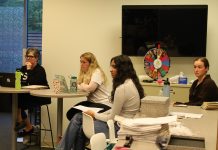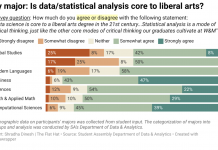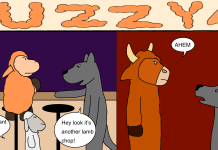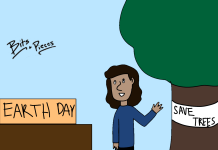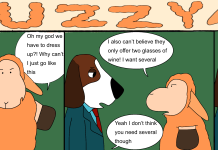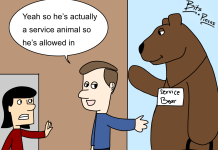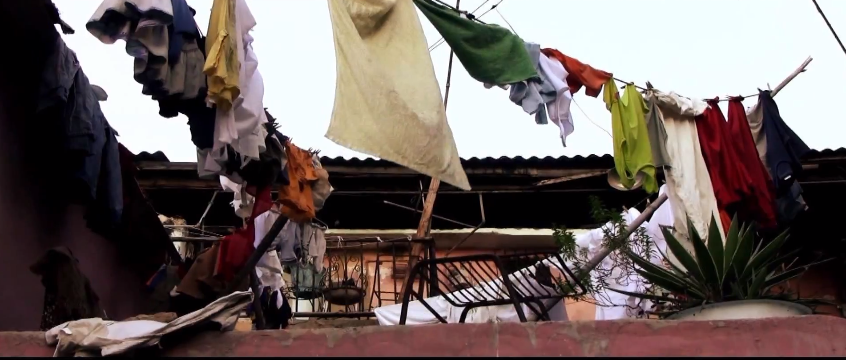There is a place in Havana where the drains run brown and green sludge gathers around an old refrigerator at the water’s edge. A onesie dries on a clothesline as a child grabs a rusted window frame to swing over a cracked pipeline.
Some say this was where the rich kept their horses before the Revolution — a family now lives where a trough once stood. Others say this is where the slaves lived.
But for Duniesky Canton Fernandez, this place was once home. For his father, it is still home.
Fernandez’s father is one of 155 inhabitants living in the 43 units of Solar 11, a public housing unit declared uninhabitable by the Cuban government. Forty-seven of Solar 11’s inhabitants are 15 years old or younger.
“I already was familiar with this solar, as my father lives there and one of these tiny places actually belongs to me, and I wasn’t surprised at all at the living conditions because I was raised in a solar,” Fernandez said in an email.
Fernandez, now 30 years old, returned to his childhood home in order to film a documentary that draws attention to the living conditions of a population quickly disappearing from Cuban and international attention. Fernandez filmed the documentary, “Solar 11,” along with his Instituto Superior de Arte classmate Maria Elena Perez.
Although the living conditions did not surprise Fernandez, an interview with Maritsa and Yasser, a couple four years younger than Fernandez and living in Solar 11, stuck with him.
“[Both] live a life of necessity but still conserve happiness and charisma typical of the Cuban,” Fernandez said in an email.
Perez, 25, comes from a different background than Fernandez. She describes her family as an orchestra, her father a documentary filmmaker and her mother a dentist. When she stepped into the world of those who live in the solar, she was stepping into a new world.
“My reaction was like an explorer who sits at home and has not seen the elephant in her garden. Because the place is huge and more than 155 people live there,” Perez said in an email.
One of the last images of the documentary is an old woman painting the words “Live Fidel C.D.R. #11” while she notes that 101 of Solar 11’s 155 inhabitants are 15 to 64 years old.
CDR, the Committee of the Defense of the Revolution, was a network of neighborhood committees established by Fidel Castro in 1960 to root out anti-revolutionary activity immediately following the overthrow of Fulgencio Batista.
Fernandez says that, ironically, the organization has created an atmosphere of neighbor spying on neighbor.
For some of the Solar 11 inhabitants who lived through the revolution, the public housing and the CDR operating within the solar are not so bad. Yet some of the younger Solar 11 inhabitants dream of getting out.
“Generations have lived different stages of the same process, so the older generation has declined [to move] in their faith and courage to stay there,” Perez said in an email. “On the other hand, the new generation is experiencing the transformation of the place because of its growth. They don’t recoil from their existence there, it’s part of their daily lives.”
When the documentary won an American University contest, Duniesky and Perez were granted a trip to the United States, making them two of the first Cuban students to visit America.
The Middle Passage Project at the College of William and Mary, which explores the effects of the transatlantic slave trade and is spearheaded by Professor Joanne Braxton, sponsored the student’s trip to the College.
Perez entered the College classroom with a large smile and a loud, “Buenos tardes.” Fernandez was quieter, but offered a polite “hola” as their American University host introduced them to the College students whose class they were shadowing.
“The opportunity to show a Cuba different from the one the world imagines,” Fernandez said of his desire to come to America.
Although both Fernandez and Perez appreciated the freedom of expression and information while in America, both thought the United States should change its role in regard to developing countries like Cuba.
“Politics is not my forte, but I understand that if someone big wants an apple, we should all cling to the tree where we live. So a change of role would not hurt,” Perez said in an email.
The materialism of America was another culture shock.
“The biggest difference is the money,” Perez said in an email. “I think some people are as connected to their environment as they are to their own lives. Others lack this connection, because they see only the surface of the culture they are supposed to emulate, like being good students or reaching the pinnacle of success in their careers.”
Perez and Fernandez returned to Cuba last week. Perez hopes to revisit Solar 11, but this time with the goal of advocating for better living conditions. Fernandez plans to continue to improve the collective reality through documentary work.
“Cuba is my mother and a mother is accepted. I like Cuban culture, the warmth of her people, their constant laughter, even when something hurts,” Perez said in an email. “Cuba needs a mental revolution … an exorcism of her ills. I’d like to change what hurts. What she does not see.”



